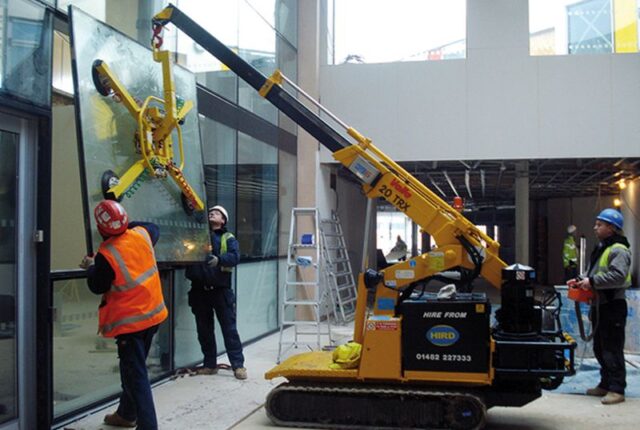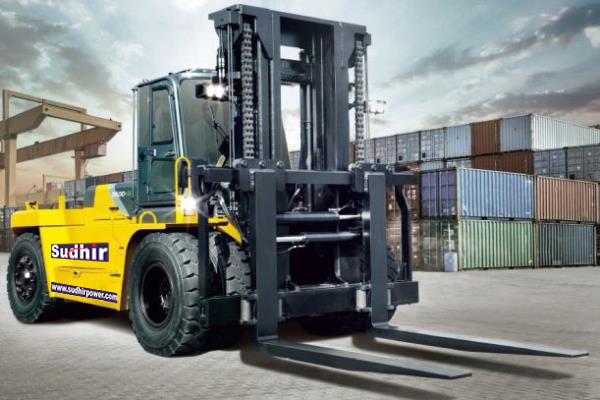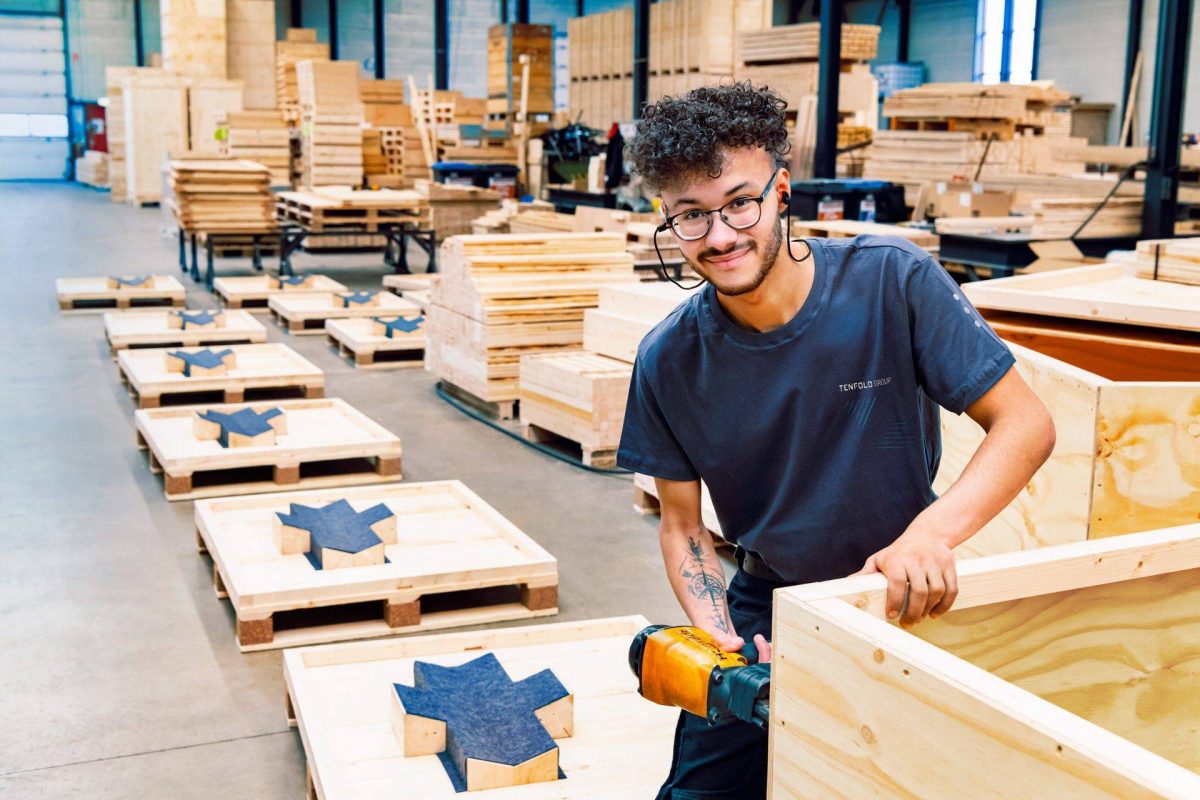Glass lifting robots, including glazing lift robots and glazing install robots, have revolutionized the glass installation process in various industries. These sophisticated machines are designed to handle heavy and delicate glass panels with precision and efficiency. However, to ensure their long-term performance and reliability, proper training and maintenance are crucial. This piece will talk about the most important things you need to know to train and take care of glass-lifting robots, focusing on how important they are for making sure activities are safe, consistent, and effective.
Training For Success
Operator Training
The first step in ensuring the long-term performance of glass lifting robots is comprehensive operator training. Skilled and knowledgeable operators are essential for safe and effective robot operation. Training should cover:
Robot Controls And Interfaces: Operators should be familiar with the robot’s control panel, software, and safety features.
Glass Handling Techniques: Proper techniques for loading, unloading, and positioning glass panels should be emphasized.
Safety Protocols: Operators should be trained in safety procedures, including emergency shutdowns and hazard identification.
Troubleshooting: Basic troubleshooting skills can help operators address minor issues promptly.
Regular Refresher Courses
Technology evolves, and so do the capabilities of glass lifting robots. Giving workers regular refresher classes is a good way to keep them up to date on the newest features and best practices. This makes sure that the robots are used in the best way possible.
Simulated Training
Simulated training scenarios can be incredibly beneficial. They allow operators to practice in a controlled environment, helping them become proficient without the risk of damaging glass or equipment.
Maintenance For Longevity
Scheduled Inspections
Routine inspections are essential for identifying potential issues before they escalate. Create a maintenance schedule that includes regular checks for wear and tear on robot components, hydraulics, electrical systems, and safety features.
Cleaning And Lubrication
Dust and debris can accumulate on the robot’s moving parts, affecting its performance. Regular cleaning and lubrication of these components are critical for smooth operation. Use recommended cleaning agents and lubricants to prevent damage.
Software Updates
Keep the robot’s software up-to-date. Manufacturers often release updates that can improve performance, fix bugs, or enhance safety features. Check for and install these changes on a regular basis to make sure the robot works at its best.
Battery Maintenance
If your glass lifting robot is battery-powered, proper battery maintenance is crucial. Follow the manufacturer’s guidelines for charging and discharging to maximize battery life. Replace batteries when they no longer hold a charge effectively.
Emergency Repair Kits
Keep emergency repair kits on hand. These kits should include essential tools and spare parts that may be needed to address minor issues quickly, minimizing downtime.
Professional Maintenance
While operators can handle routine maintenance tasks, it’s also wise to schedule periodic professional maintenance by trained technicians. They can identify and address potential problems that might be missed during routine inspections.
Benefits Of Training And Maintenance
Ensuring that your glazing lift robot and glazing install robot are well-trained and properly maintained offers several significant benefits:
Enhanced Safety: Trained operators are better equipped to handle unexpected situations and emergencies, minimizing the risk of accidents and injuries.
Consistent Performance: Regular maintenance ensures that the robot performs at its best, providing consistent results on the job.
Cost Savings: Preventative maintenance is often more cost-effective than major repairs or replacements. It also reduces downtime, which can be costly in terms of lost productivity.
Extended Lifespan: Proper maintenance can significantly extend the lifespan of your glass lifting robot, ultimately improving the return on investment.
Customer Satisfaction: Reliable robots contribute to timely and successful glass installations, leading to satisfied customers and positive referrals.
Conclusion
Training and maintenance are essential components of ensuring the long-term performance of glass lifting robots, such as glazing lift robots and glazing install robot. Investing in operator training, regular maintenance routines, and staying up-to-date with software updates can pay dividends in terms of safety, efficiency, and cost savings. By following these tips and best practices, you can maximize the benefits of your glass-lifting robots and ensure their continued success in various industries.









